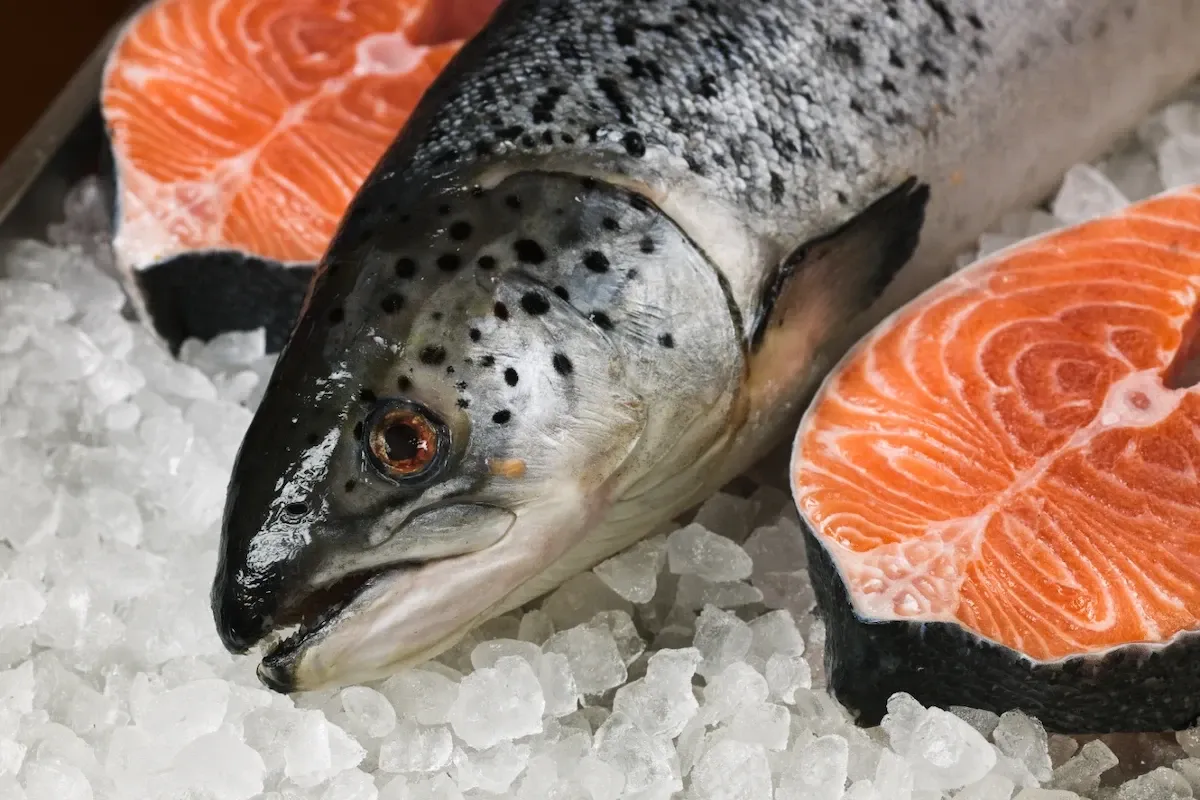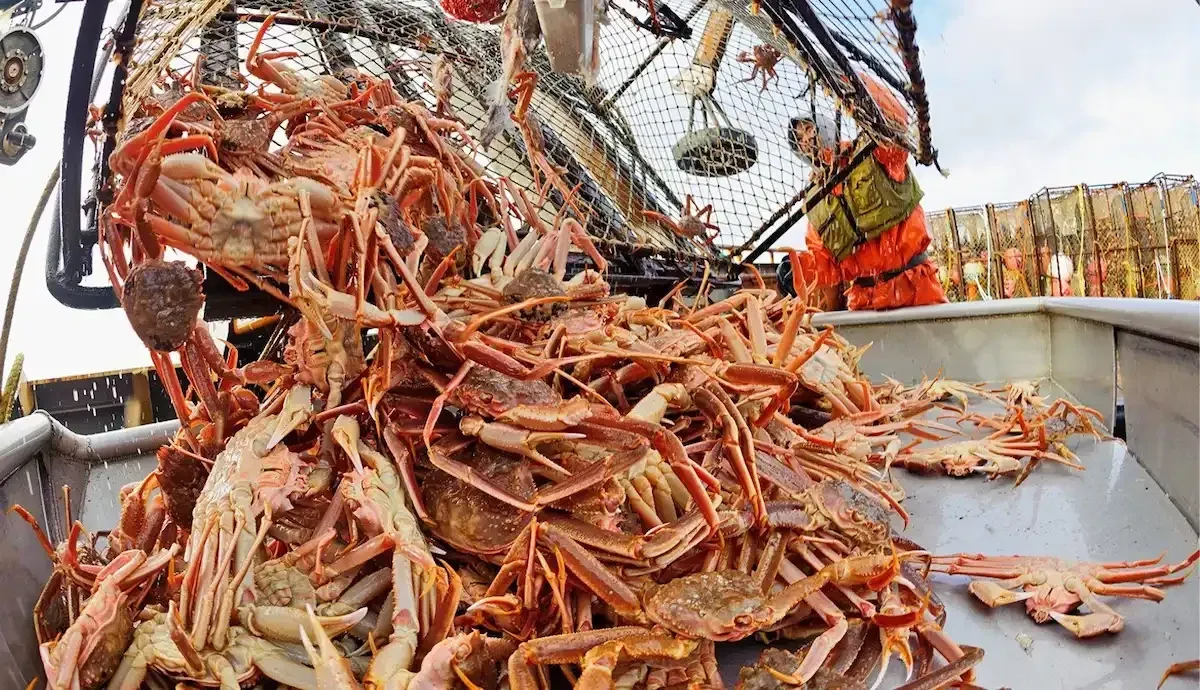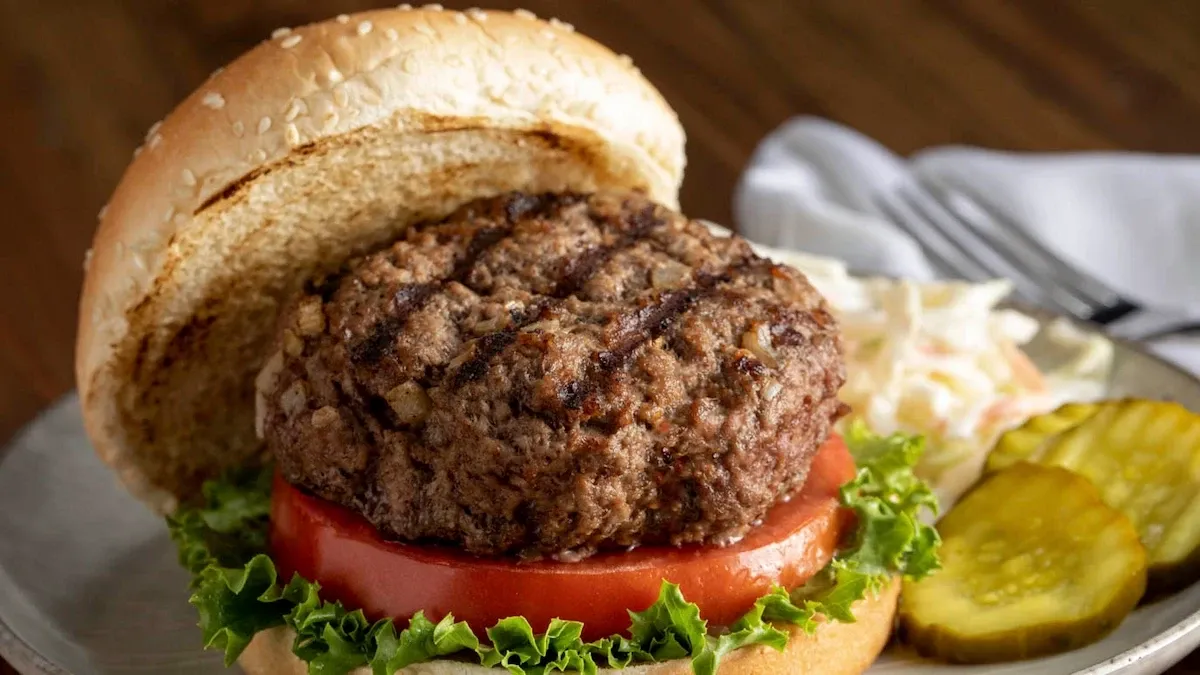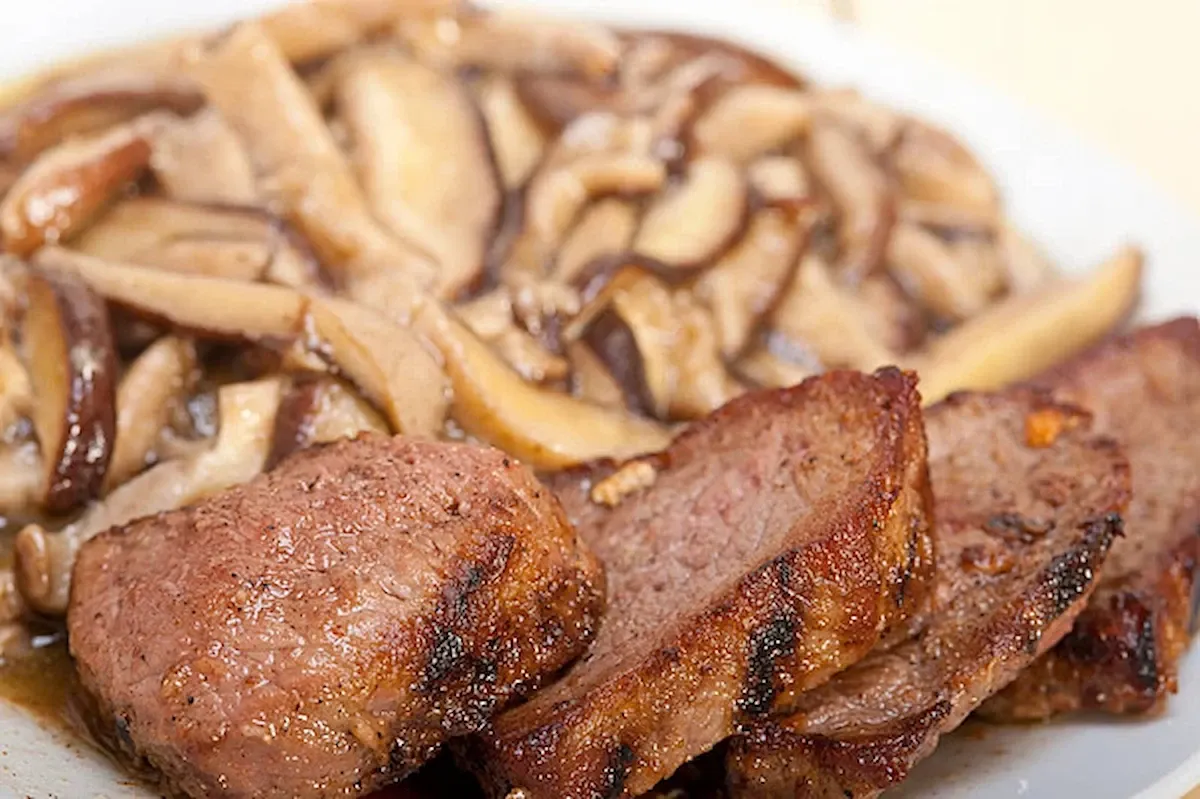Alaska, a land of pristine wilderness and unique indigenous cultures, captivates visitors not only with its majestic landscapes but also with its distinctive cuisine. Alaskan Native food is a harmonious blend of abundant natural resources and ancient cultural traditions, offering a unique and unforgettable culinary experience. Join us on this fascinating food journey, where flavors tell the story of Alaska’s land and people.
Exploring Alaskan Native Cuisine: A Cultural Journey Through Flavors
Alaskan Native cuisine is more than just sustenance; it’s an integral part of culture and history. For generations, indigenous people have utilized readily available natural resources to create unique dishes adapted to the harsh climate and nomadic lifestyle. Today, these foods are still cherished and preserved, becoming a vital part of Alaska’s cultural identity.
Traditional Ingredients and Unique Cooking Methods
The primary ingredients in Alaskan Native cuisine come from the ocean, forests, and plains. Seafood such as salmon, cod, king crab, and oysters are rich sources of protein. Wild game like reindeer, moose, and bear also play a significant role. Additionally, berries, herbs, and wild vegetables are used to enhance the flavor and nutritional value of meals.
Alaskan Native cooking methods are often simple, focusing on preserving the natural flavors of the ingredients. Dishes are typically grilled, smoked, boiled, or eaten raw. Smoking is a common method for preserving food and imparting a distinctive flavor to dishes.
Must-Try Specialty Dishes
Akutaq (Eskimo Ice Cream)
Akutaq, also known as Eskimo Ice Cream, is a unique and famous Alaskan Native dessert. It’s made from animal fat (usually reindeer or seal fat), mixed with whitefish (like cod or salmon) and berries (such as blueberries, raspberries, or cranberries). Akutaq has the richness of animal fat, the subtle sweetness of berries, and the distinctive flavor of fish. This dish is not only delicious but also provides abundant energy, perfect for Alaska’s cold climate.

Muktuk
Muktuk is another traditional food of the Inuit and other indigenous communities in the Arctic. This dish is made from the skin and blubber of toothed whales, primarily Bowhead, Beluga, or Narwhal whales. Muktuk is usually eaten raw, frozen, or pickled. It has a rich, fatty taste, a slightly chewy texture, and a distinctive whale odor. Muktuk is an important source of vitamin C for Alaskan Natives during the long winter when fresh fruits and vegetables are scarce.

Fry Bread
Fry Bread is a popular food in many Native American communities across North America, including Alaska. This bread is made from flour, salt, sugar, and water, kneaded into dough and deep-fried. Fry bread is crispy on the outside and fluffy on the inside, often served with honey, berry jam, or stewed meat. Although fry bread is not the oldest traditional food, it has become a familiar part of Native cuisine and often appears at festivals and community events.

Native Style Seafood
Seafood has always been an important part of the Alaskan Native diet. Salmon is one of the most beloved types of seafood. Alaskan Natives prepare salmon in many ways, from smoking and grilling over charcoal to drying or eating it raw. Smoked salmon is not only delicious but also a traditional method of preserving salmon. Alaskan King Crab and Alaskan oysters are also prized seafood, usually prepared simply to preserve their fresh, natural flavor.


Native Style Wild Game
Wild game also plays a crucial role in Alaskan Native cuisine. Reindeer, moose, and bear are common sources of meat. Reindeer meat is often prepared in various dishes, such as reindeer burgers, reindeer sausage, or smoked reindeer meat. Moose meat has a richer flavor and is often roasted or stewed. Bear meat is also a traditional food, but bear hunting is strictly controlled to conserve this animal. Wild game dishes are usually prepared simply, preserving their natural and robust flavors.


Cultural and Historical Significance of Alaskan Native Cuisine
Alaskan Native cuisine is not just about food; it embodies deep cultural and historical values. Each dish is linked to the traditions, customs, and way of life of the indigenous people. Their methods of hunting, preparing, and enjoying food reflect the close relationship between humans and nature, respect for resources, and adaptability to a harsh environment.
Traditional foods also serve as a bridge between the past and present, and across generations. Preserving and passing down recipes and cooking methods is not only about preserving culinary culture but also about maintaining the identity and community spirit of Alaskan Natives.
Experiencing Native Cuisine in Anchorage
Although Anchorage is a modern city, visitors still have the opportunity to experience Alaskan Native cuisine at many local restaurants and eateries. Some restaurants specialize in traditional Native dishes, using fresh ingredients and preparing them according to ancient recipes. Additionally, farmers’ markets and specialty stores are ideal places to find local food products, such as smoked salmon, berry jams, or fry bread.
Visitors can also join food tours to explore Alaskan Native culinary culture in greater depth. These tours often combine food tasting with learning about the history, culture, and way of life of the indigenous people, offering a unique and meaningful culinary tourism experience.
Conclusion: Immerse Yourself in the Authentic Flavors of Alaska
Alaskan Native cuisine is a treasure trove of unique culture, offering visitors unforgettable culinary experiences. From fresh seafood and flavorful wild game to unique desserts like Akutaq and Muktuk, each dish tells a story about Alaska’s land and people. Take the time to explore and savor these specialty dishes to deeply appreciate the diverse and rich beauty of Alaskan culture.